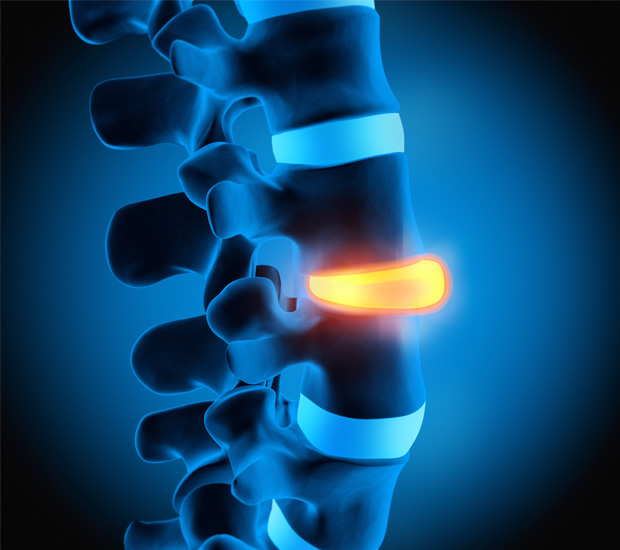Frequently Asked Questions
What is the difference between a bulging and herniated disc?
A bulging disc looks like a flattened tire. It droops and sags, looking like it spreads outward. In comparison, a herniated disc means that the disc's outer covering is punctured or torn. This damage causes the jelly-like center – nucleus pulpous – to leak into the spinal canal. Bulging discs are often the precursor of herniated discs.
Do bulging discs hurt?
Bulging discs often do not cause pain. Many people do not know they have a bulging disc until it begins to press against the spinal nerve. When the pain interferes with your daily activities, it is time to seek medical treatment.
Can I treat a bulging disc at home?
Yes, it is possible to treat a bulging disc at home. Ice and heat therapy can help reduce inflammation and help the back muscles relax. You can also take over-the-counter pain medication to help manage the pain. However, if your symptoms do not get better after four to six weeks, visit Victory Spine Center for diagnosis and treatment.
How long does it take for a bulging disc to heal?
The healing process varies from person to person. It often takes several chiropractic visits to feel consistent pain relief. It depends on the severity of the bulging disc and may take several weeks to months, if not longer.
How can I prevent bulging discs?
Preventing a bulging disc may not be possible. Intervertebral disc gel naturally degrades as people age. However, you may be able to prevent a bulging disc from worsening, such as staying active to strengthen muscles around the spine and stretching when you sit for long periods of time.


